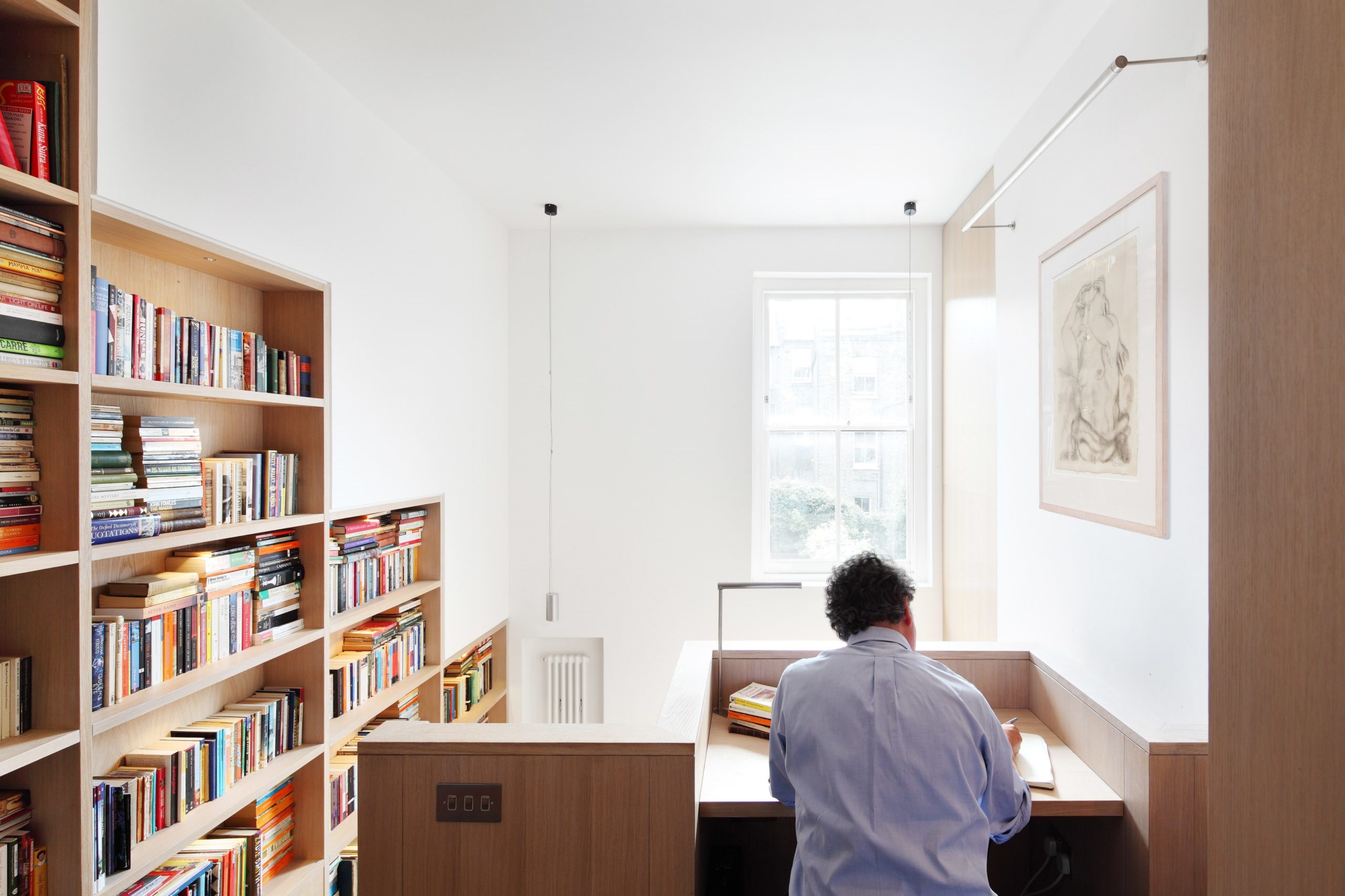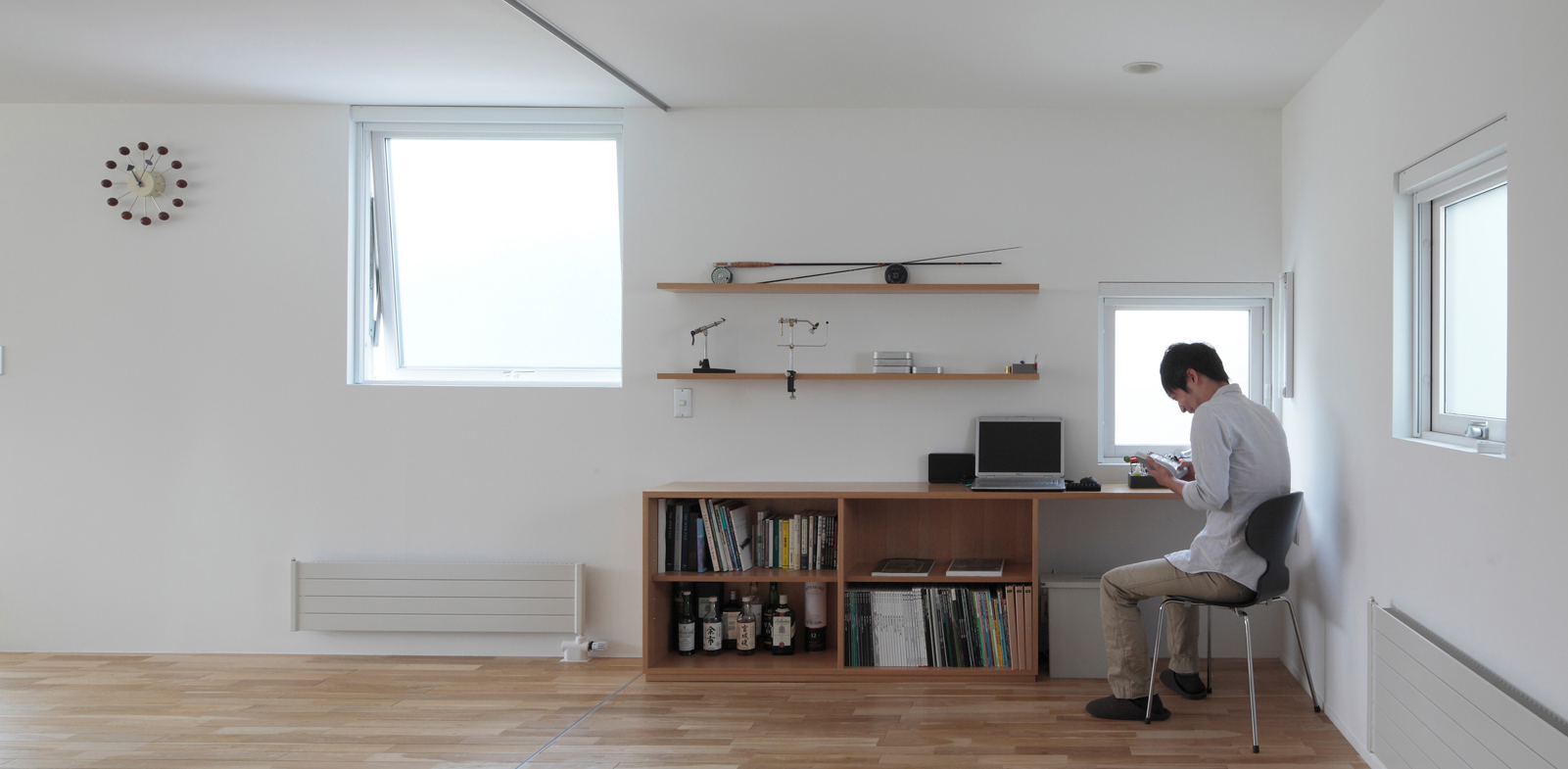Emma Walshaw is the founder of First In Architecture and Detail Library, and has written a number of books aiming to facilitate a better understanding of construction and detailing. First In Architecture is a website providing resources and guides for architects and students.
A freelance architect or architectural technologist can take many forms. Perhaps you have been working in architectural studios and feel that you would like the freedom of freelancing; your options are varied.
You could start offering services to other studios (even workplaces where you were employed in the past!). This type of freelancing is usually on a contract basis, perhaps to support a large project that requires more staff than the studio currently employs. Once the project is complete, the studio may no longer require your work until they need additional resources again. You also may provide your services to small practices that don’t have a steady enough workflow to take on full-time employees but need additional support as projects peak and flow.
An alternative option for freelance is working directly with the client, carrying out design work for them. This could be an opportunity to start building your own practice, starting small and slowly growing to employ more staff and perhaps eventually setting up as a company.
Of course, you could provide both of these services — architectural support for other practices and design work for clients.
This article will consider the former option — providing architectural services to other practices or studios. We will explore the latter, working directly with clients, in a later article in the series: “Setting Up Your Own Practice.”

Book Tower House by Platform 5 Architects, London, UK
Reasons To Go Freelance as an Architect
Let’s be clear: becoming a freelance architect or freelance architectural technologist is not an easy option, and it’s not for everyone. It takes a lot of work, and you will end up doing a lot more than the regular architectural/design work that you are used to. You can’t rely on your employer to find you work anymore, you need to do all that yourself.
That said, if you are looking for more independence in your career and to potentially grow your own business, or, if you have found yourself redundant or out of work, then freelancing could work for you. A freelancer can enjoy more autonomy, less bureaucracy and generally more control over their work. Similarly, picking up a few freelance projects will also allow you to bring in some cash while times are hard.
The Benefits of Freelancing
Now more than ever, remote working and flexible working are being embraced by companies as working from home becomes the new normal. Freelancing is massive now, with many companies across various industries using the services of freelancers, and architects and architectural technologists turn to freelancing for a number of different reasons.
Independence
Freelancing is often appealing to many because of the autonomy of working for yourself. With freelancing you have the freedom to work on your own terms, choose your clients and your projects.
Flexibility
Freelancing often provides flexibility in your working day. While it is essential to be available for discussions and meetings (online if necessary) with clients during regular office hours, you can still enjoy flexibility in how you carry out your work. For example, it might be that you split your hours and take a longer break in the middle of the day — perhaps you like to work early in the morning and have your afternoons free. Whatever it might be, as long as you get the work done in the agreed timescale, your clients will be happy.
Choice
Freelancers can technically pick and choose who they will work with and on which projects. While this is true, in the early days, it may be that you aren’t able to be so selective. You have to take what you can to get going, but in the long run, you can hope to build up good relationships with clients that you enjoy working for and on projects that excite you.
Change
While the natural progression from university is to take a job working in an architectural studio/practice, after gaining experience, you may be looking for a change. Working in practice isn’t for everyone, and freelancing allows you to continue working as an architect/technologist in an alternative environment.
The Drawbacks of Freelancing
While you will benefit from the freedom of working for yourself, there are certainly drawbacks that come with freelancing that you should consider before making the transition.
A Daunting Prospect
Becoming a freelance architect or technologist can daunting. You are essentially starting your own business, whether that’s a sole trader or a limited company, with the responsibility on you to make sure there is enough money coming in month to month. Setting up on your own can be exciting and empowering, but it can also be stressful and nerve wracking as you navigate the new territory.
Extra Work and Responsibility
It can be stressful to be fully responsible for finding work, making sure you have correctly set up your accounting and insurance, keeping track of invoicing your clients and so on. In addition, there are many extra tasks you will need to carry out that you wouldn’t have to do when working in an ordinary employment situation. For these reasons, you may end up working extra hours to carry out all your admin, on top of the design work you are doing for your clients.
Ups and Downs
There may be spells where you don’t have any work coming in, while other periods may be particularly busy. It is important to be able to plan for the quieter spells financially, making sure you always keep some funds aside for periods when you are less busy.
Managing Your Time
As a freelancer it is up to you to manage your time and your clients expectations. In the previous point we mentioned the ebb and flow of work coming in; it is easy to say yes to everything when you have an enquiry but can be difficult to manage your time and your clients expectations.
LK+RIGI Design Office Design by RIGI Design, Shanghai, China
How To Get Started as a Freelance Architect
So, let’s take a look at how to get started as a freelance architect.
Sole Trader or Limited Company
Becoming a freelancer means you have to take care of your accounts and income tax responsibilities. So the first thing you should consider is speaking with an accountant who can advise you on whether you should be a sole trader or set up as a limited company.
If you start off working as a sole trader, you will need to ensure you complete your Self Assessment with the HMRC every year. This means that your tax is payable after submitting your first Self Assessment, so it is crucial to put money aside for tax payments. When working in a standard employment situation, your tax is deducted from your wages each month before receiving your payment. With freelancing as a sole trader, you need to put this money aside to pay later.
A conversation with an account is advisable to discuss how all of this works.
Setting up as a limited company is more costly than being a sole trader. You will need an accountant to submit your accounts to HMRC each year, and there are other additional costs in setting up.
Note: I am not an accountant: please seek professional advice when deciding how to set up your freelancing business.
Insurance
Another critical factor for freelancing is to ensure you have all of the appropriate insurances to carry out your work. For example, it could be that you need Professional Indemnity insurance and or Public Liability insurance. Ensure you speak to a professional adviser to get the correct insurance for the work you will be undertaking.
Insurance can be costly, but it is imperative to ensure you are covered should anything go wrong.
You also need to consider whether you should be registered with your appropriate professional body, whether with RIBA, ARB or CIAT or any other not mentioned.
What is your speciality?
Think about your strengths and whether there is a particular area you feel you could/should specialize in. Do you have a wealth of experience in a specific building type, or perhaps you have a lot of knowledge of sustainable architecture? Maybe you are particularly good at putting together Tender Packages or Building Regulation drawing sets.
Being a specialist can make you stand out from the crowd, and you could become a sought-after consultant who can bring a lot to a project that practices can’t do in-house.
What are your services?
What services are you offering? Are you a full design service? Perhaps you offer 3D visuals? Do you offer measured surveys?
To answer this question, you should also consider what your clients might be looking for. Whether you provide design to completion or specialist technical services, you need to have a clear picture of what you do and how you will communicate and market this.
Where will you offer your services?
Consider whether you would like to offer your services within your local area or nationally. By staying local, you will build a face-to-face connection with clients and potentially visit them at their offices and get involved in site visits.
Working on a more national scale is entirely possible, especially with remote working becoming more commonplace.
In our next article, we will look at finding work as a freelance architect, but for now, it might be worth considering whether you want a more local or national focus. Both can have their advantages and disadvantages.
What software?
Being freelance working for different architectural studios, it is possible you will come across different offices using different softwares. Will you limit yourself to only working in AutoCAD for example, or will you train up to be able to use multiple softwares so that you can easily adapt to the needs of your client?
This can be a difficult decision for the freelancer. It is often the case of needing to look at the work options available and whether your skills fit the requirements or if you need to expand your skillset in order to be competitive.
Conclusion
There are many good reasons to become a freelance architect or freelance architectural technologist and plenty of opportunities to do so. However, being a freelancer is not without hard work, with extra admin to consider, and the onus is on you to find steady jobs.
Emma Walshaw is the founder of First In Architecture and Detail Library, and has written a number of books aiming to facilitate a better understanding of construction and detailing. First In Architecture is a website providing resources and guides for architects and students.
Architects: Want to have your project featured? Showcase your work by uploading projects to Architizer and sign up for our inspirational newsletters.
